(NLDO) - Evidence of alien life on Earth's "evil twin" has just been reinforced by a new discovery.
A few years ago, the unexpected discovery of phosphine - a gas closely related to life on Earth - in the clouds of Venus caused controversy.
One of the main reasons is that the phosphine signature is so faint that even some subsequent observations have failed to detect it.
But now a team of scientists has not only proven the existence of phosphine on Venus more clearly than ever before, but also found another potential "biosignature."
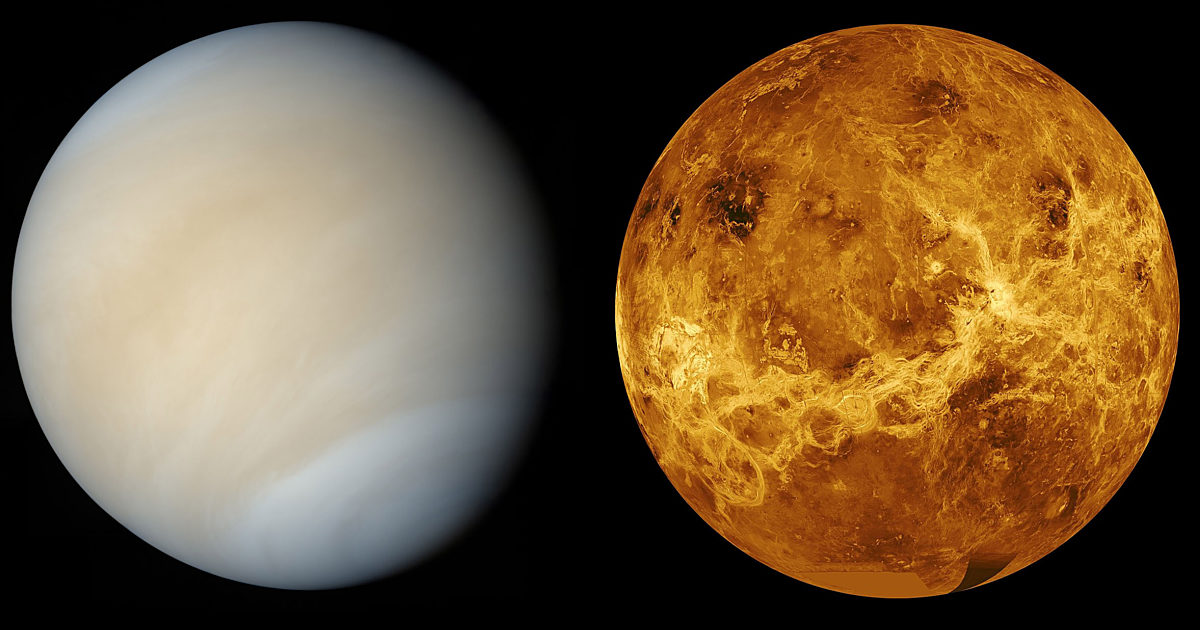
Venus has a sea of acid clouds covering a barren surface. However, it started its life as Earth's twin - Photo: NASA
According to Dr. Dave Clements from Imperial College London (UK) - a member of the research team, this time they used the observational power of the James Clerk Maxwell telescope located in Hawaii - USA.
This allowed them to collect 140 times more data than previous studies. They again found signs of phosphine, but much clearer than before, according to CNN.
Not only that, signs of ammonia are also present.
The presence of phosphine and ammonia in the atmospheres of gas giant planets such as Saturn, Jupiter... is not strange. Since gas planets have hydrogen-rich atmospheres, hydrogen-based compounds are of course common.
But on rocky planets like Earth, Venus, or Mars, there is enough oxygen to "capture" the hydrogen radicals.
Therefore, the presence of phosphine (PH 3 ) or ammonia (NH 3 ) on rocky planets are potential biosignatures. These gases can be emitted by organisms or as a result of the decomposition of plants and animals.
Professor Jane Greaves from Cardiff University (UK), co-author, said they will use the ammonia discovery as the basis for a separate scientific paper, using additional data from the Green Bank Telescope in West Virginia.
The findings once again support the hypothesis that Venus is indeed a planet where life has a high chance of existing.
This planet has long been thought to be a twin of Earth, but an "evil twin" because the unfortunate planetary evolution has left it immersed in a harsh greenhouse effect, with temperatures becoming very hot, rotating very slowly and an atmosphere full of sulfuric acid.
However, it is an undeniable fact that Venus is still a planet in the Solar System's Goldilocks habitable zone.
It is also one of the most favorable worlds to study, because Venus is the closest planet to Earth.
Source: https://nld.com.vn/dau-hieu-moi-ve-sinh-vat-ngoai-hanh-tinh-lo-ra-gan-trai-dat-196240731094231734.htm
















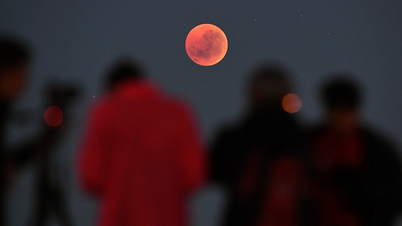

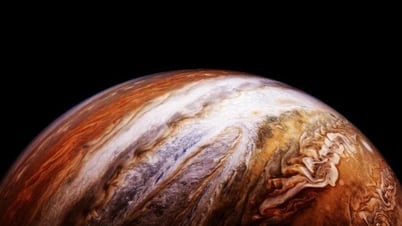

![[Video] Warning of high-tech criminals appropriating assets from cyber security incidents at CIC](https://vphoto.vietnam.vn/thumb/402x226/vietnam/resource/IMAGE/2025/10/1/9e967e621dc240bfbb70e926d503a177)




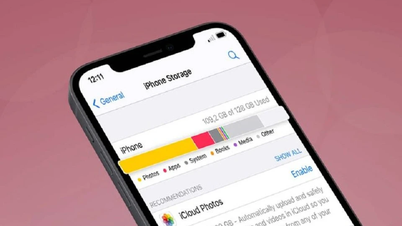









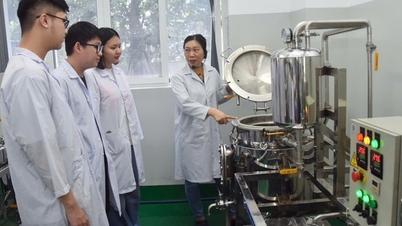



![[Photo] Panorama of the cable-stayed bridge, the final bottleneck of the Ben Luc-Long Thanh expressway](https://vphoto.vietnam.vn/thumb/1200x675/vietnam/resource/IMAGE/2025/9/30/391fdf21025541d6b2f092e49a17243f)
![[Photo] Solemn opening of the 12th Military Party Congress for the 2025-2030 term](https://vphoto.vietnam.vn/thumb/1200x675/vietnam/resource/IMAGE/2025/9/30/2cd383b3130d41a1a4b5ace0d5eb989d)
![[Photo] President Luong Cuong receives President of the Cuban National Assembly Esteban Lazo Hernandez](https://vphoto.vietnam.vn/thumb/1200x675/vietnam/resource/IMAGE/2025/9/30/4d38932911c24f6ea1936252bd5427fa)
![[Photo] The 1st Congress of Phu Tho Provincial Party Committee, term 2025-2030](https://vphoto.vietnam.vn/thumb/1200x675/vietnam/resource/IMAGE/2025/9/30/1507da06216649bba8a1ce6251816820)






























































Comment (0)